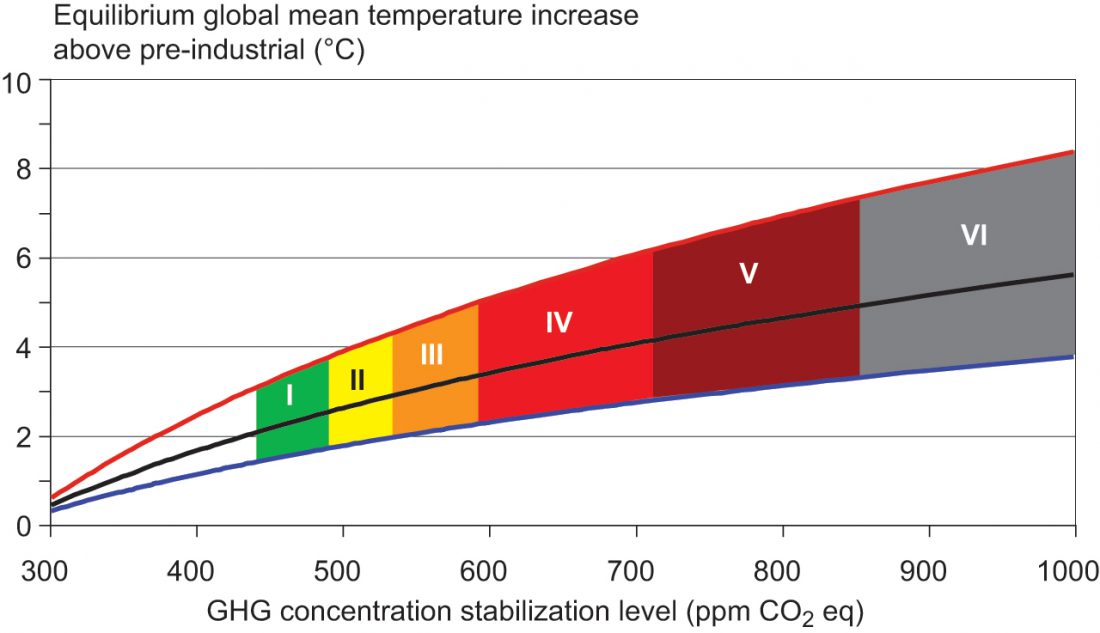I wrote my last blog in the middle of a heat wave that covered the city where I live along with great swaths of the East Coast and other parts of the world. The heat wave lasted almost a week; by Thursday, July 5th, peak temperature here in NYC was still above 90oF. Last time, I promised to examine the impacts of climate change on the global wine industry but I have decided to postpone the topic by another week. When I was writing my last post, I experienced a feeling that many might find familiar – guilt about the way I live.
Last week I included some of the ways I was handling the heat, namely: air conditioning and visiting family who live in the suburbs and have a pool.
I emphasized that these options are available to me but not to billions of people all around the world – including many other New Yorkers and Americans. However, I didn’t mention the ways in which these luxuries that make my life more comfortable actually contribute to the warming of the climate. These aspects include my drive out to the suburbs and the massive amount of power required for my nonstop use of air conditioning at home. There are ways in which I could have done everything I wanted without contributing to climate change, but I didn’t bother to try. I use my classes and my blog to teach and (mostly inadvertently) preach about the dangers of climate change but often forget to listen to my own message. Unfortunately, I am not alone in this dilemma.
On October 4, 2016 I wrote a blog about similar practices by Al Gore – probably the US’s greatest advocate for mitigating our emissions that cause climate change:
Al Gore is now a rich and famous man. A short internet search brings up images of his mansion in California, which puts the Nashville one to shame, but the sheer size of these buildings requires a lot of energy. If the energy use approximately matches the average energy mix in the US, it generates large amount of greenhouse gases. I didn’t follow up on his efforts to cut down on energy usage and replace his energy sources with a more sustainable mix. However, the message from his personal life certainly undermined his message to society and, if nothing else, served as a combustible weapon in the hands of climate deniers who refuse to heed his plea.
I am guilty of the same hypocrisy on a smaller scale.
I showed the following graph in previous blogs (December 10, 2012 and September 26, 2017) to illustrate climate sensitivity (increase in global temperature as a function of the increased atmospheric concentration of carbon dioxide):
The graph shows the expected rise in temperature as a function of possible rise in atmospheric concentrations of carbon dioxide, in the form of a broad band bisected by a dark line. I have already discussed the origin of the band and how it represents the uncertainty in estimating the exact value of the temperature rise. This is because two thirds of the driving forces behind the temperature rise do not come from direct exposure to greenhouse gases such as carbon dioxide but rather feedback to the direct heating. The feedback comes from physical heat-dependent driving forces such as changes in the atmospheric water vapor, clouds, snow melt, permafrost melt, changes in solubility of carbon dioxide in the ocean, etc. The J. Hansen et. al. manuscript, “Climate Sensitivity: Analysis of Feedback Mechanisms” (1984), is an excellent early paper on many of these feedback mechanisms.
The extent of these feedback mechanisms cannot yet be predicted quantitatively.
To my knowledge, human feedback – as in the repercussions of the actions we take to make our lives a bit more bearable when the impacts strike – has never quantified in comparison to the above-mentioned natural feedback to direct heating. There is no question in my mind that its importance will increase along with the direct impact, thus accelerating the damage.

